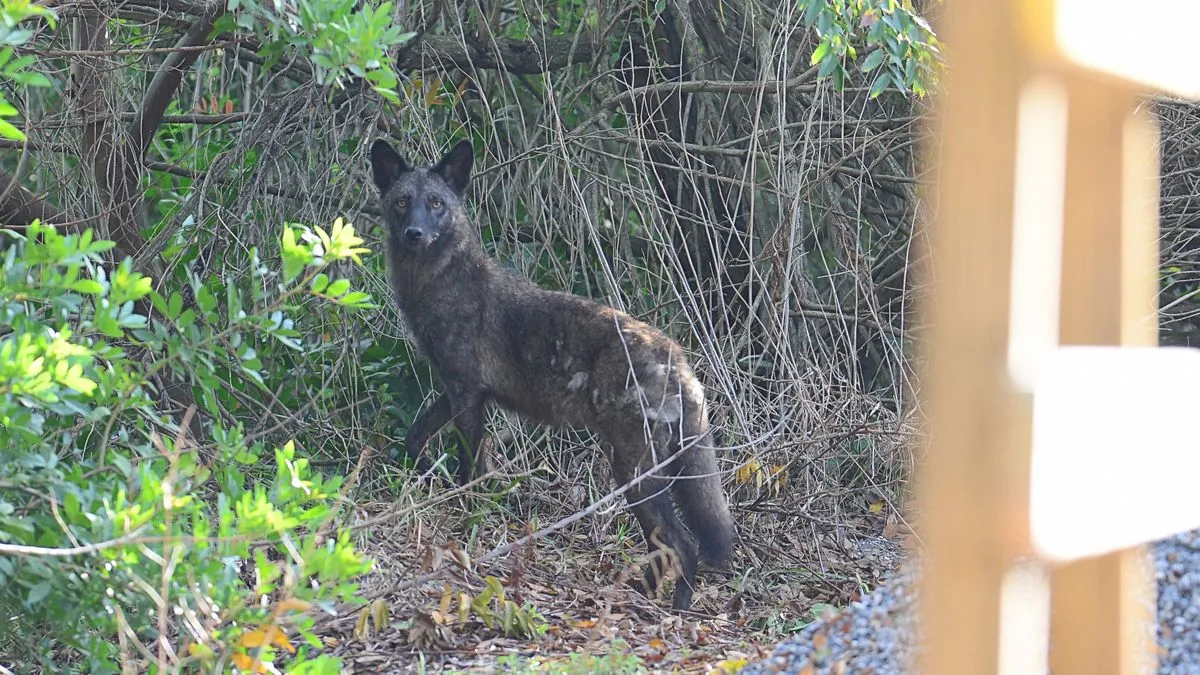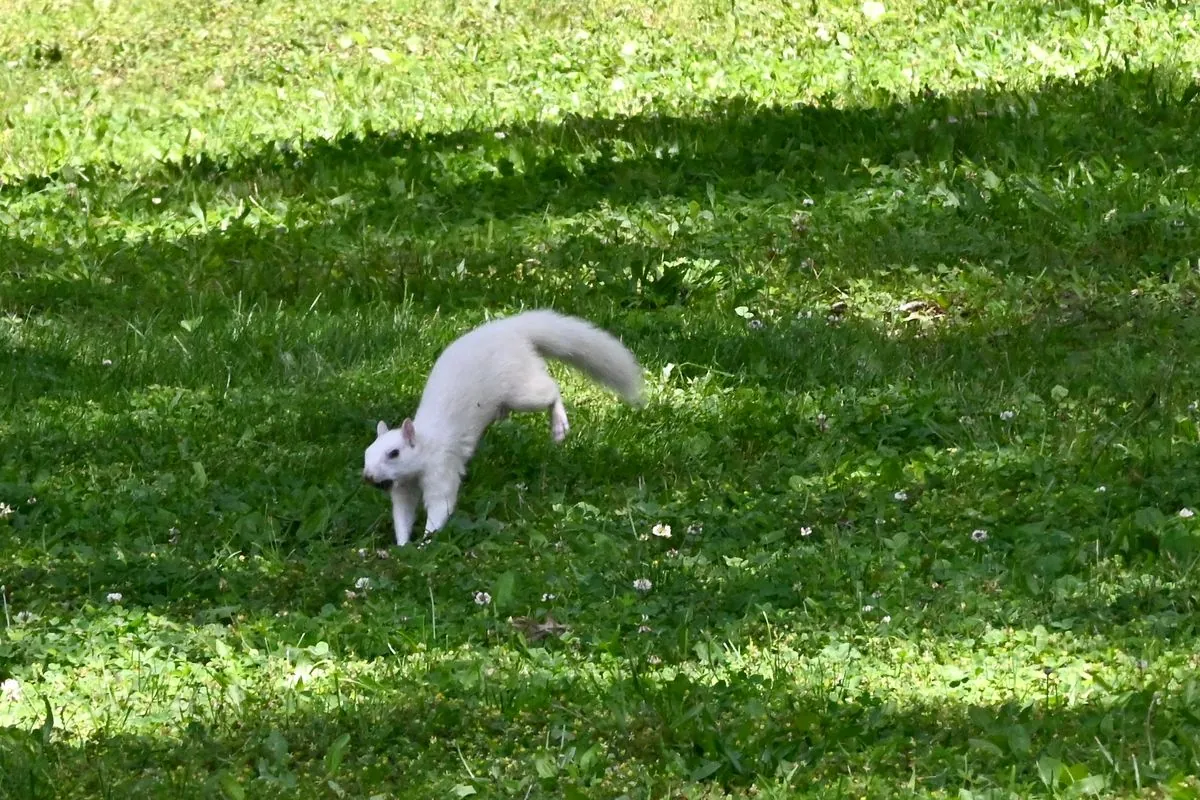Rare-Colored Wildlife: How Unusual Hues Captivate Human Hearts
A black coyote in Atlanta sparks a study on human fascination with oddly colored animals. From white squirrels to melanistic deer, these rare variants often receive special treatment and protection.

In late 2020, a unique visitor began frequenting Atlanta's suburbs, captivating residents and social media users alike. This wasn't your average urban wildlife sighting – it was a melanistic coyote, sporting a jet-black coat instead of the typical gray or mottled fur. Nicknamed Carmine, this unusual canine's friendly interactions with local dogs and leisurely naps in backyards quickly endeared him to the community.
Sam Kreling, a PhD candidate at the University of Washington studying urban ecology, notes the exceptional nature of Carmine's case. Typically, bold coyotes in urban areas are swiftly removed. However, Carmine's rare coloration led to a different outcome. Despite Georgia's law mandating euthanasia for trapped coyotes, public outcry resulted in Carmine's relocation to the Yellow River Wildlife Sanctuary.
This incident sparked a broader study on human fascination with unusually colored animals. Tyus Williams, a UC-Berkeley PhD student and co-author of the study, points out that these "charismatic color-morphs" often receive celebratory treatment rather than being viewed as pests or threats.
The researchers uncovered numerous examples of this phenomenon across the United States. Kent State University hosts a black squirrel festival, while Brevard, North Carolina, dedicates a weekend to white squirrels. In Marysville, Kansas, black squirrels even have right of way at traffic crossings. These cases highlight a pattern of human preference for rare coloration in wildlife.

The study explores various factors contributing to this fascination. Rarity itself plays a significant role, as humans tend to covet and protect uncommon things. Cultural and psychological influences also shape our perceptions, with color symbolism deeply embedded in many societies.
Interestingly, urban environments may be contributing to an increase in color-morph animals. Cities offer abundant food sources and fewer predators, potentially relaxing the need for protective coloration. Kreling suggests that white and black variants might even provide better camouflage in urban settings with diverse backgrounds like asphalt and concrete.
The case of Kenton, Tennessee, exemplifies the cultural impact of these unique animals. The town, home to over 200 white squirrels, has fully embraced its albino residents. From logos to festivals, these rare rodents have become an integral part of Kenton's identity.
While the fascination with unusually colored wildlife can lead to increased protection and appreciation, it also raises questions about biases in conservation. Williams emphasizes the need to prioritize animals based on their ecological importance rather than their aesthetic appeal.
"Carmine gives us a chance to have that conversation, to say they might be scary, but they're wild animals and we need to respect their space. We can coexist in a positive manner."
As urban areas continue to expand and interact with wildlife, stories like Carmine's offer opportunities for education and coexistence. By recognizing our biases and focusing on ecosystem health, we can work towards more balanced and effective conservation practices.


































